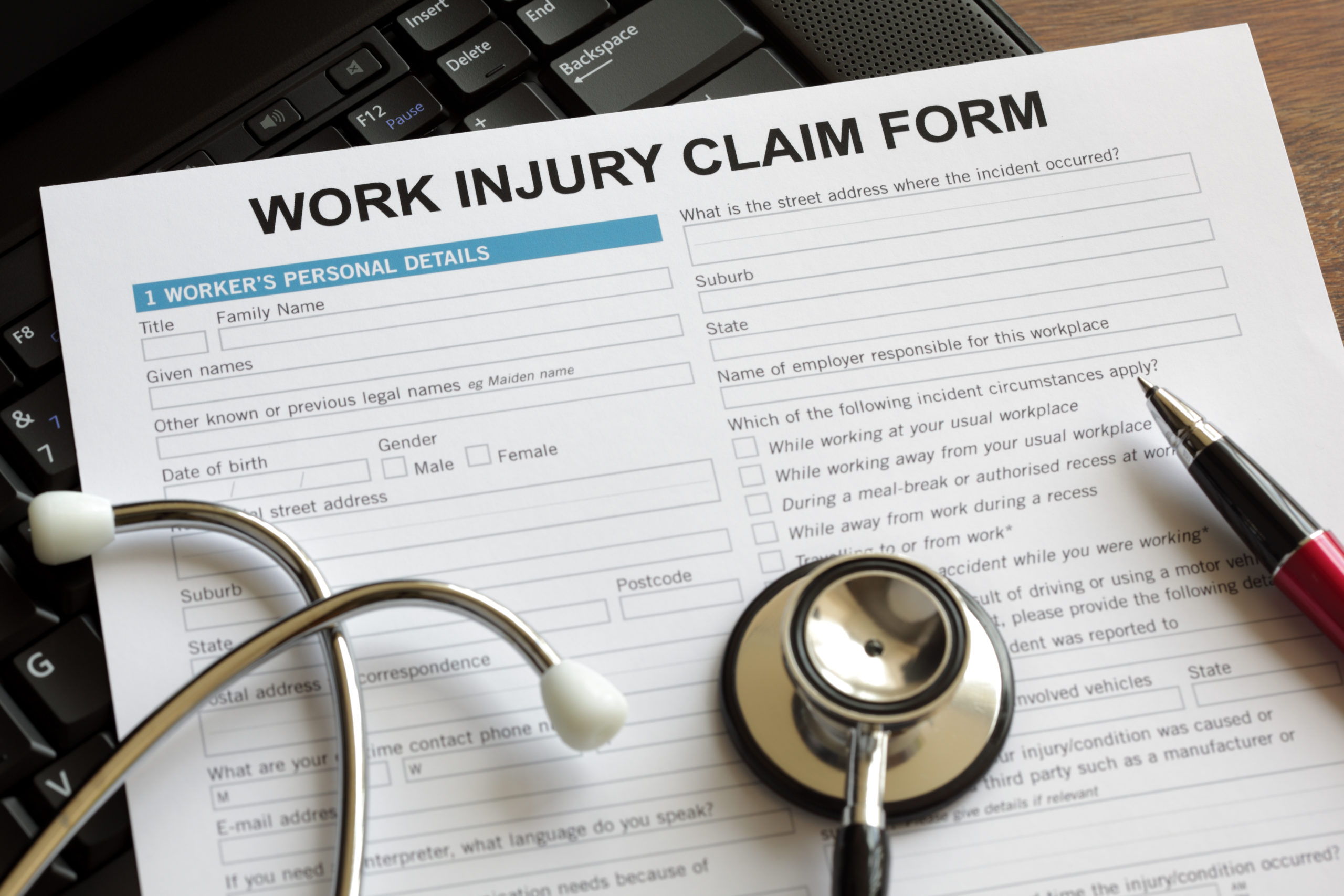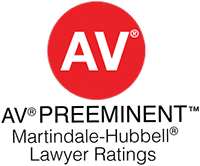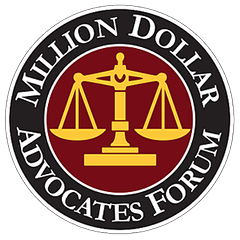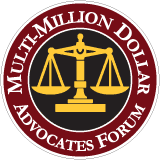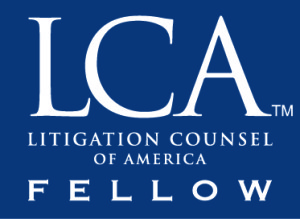Pharmaceutical Drug Defects
Approximately 70 percent of Americans are taking at least one prescription drug, according to Mayo Clinic researchers, and 20 percent of Americans take five or more prescription medicines on a regular basis. With all of these prescription medicines floating around, it’s imperative that the Food & Drug Administration and other regulatory agencies adhere to high standards for product safety and effectiveness. Unfortunately, this is not always the case.
Patients who take prescription and over-the-counter drugs have a reasonable expectation that the drugs will be safe, effective, and free from unreported side effects. If the drug does not live up to that expectation, the consumer could have a products liability case against someone in the chain of manufacturing. Under products liability law, the manufacturers, distributors, and sellers are held accountable for selling defective products to consumers.
There are three main routes for a defective drug claim:
-
- Defective manufacturing: This means the drug was manufactured improperly or became tainted at some point in the distribution process. This could mean it was tainted at the manufacturing facility, affected by something during the shipping process, or improperly bottled at the pharmacy responsible for it. Essentially, “defective manufacturing” means that something happened along the way to cause the drug to be different from its original design.
- Dangerous side effects: In these cases, the drug was manufactured according to specifications, but the drug itself leads to dangerous or unpredictable side effects. Sometimes drugs in this category have been on the market for a while before the adverse side effects are discovered, often leading to large class-action suits. You could also be entitled to punitive damages if you can prove that the manufacturer knew about the dangerous side effect but deliberately hid it from consumers.
- Improper marketing: The “marketing” in this case refers to the warning labels and instructions for safe use that accompany the drug. Manufacturers are required to provide adequate instructions for the correct use of the drug, including disclosure of any side effects that come with the drug.
With all the regulations and safety standards for prescription drugs in the U.S., it’s a wonder that tainted and defective medications make it to our medicine cabinets every year. Problems arise when drugs are not tested strenuously enough, and this kind of shoddy testing can lead to unexpected side effects or unsafe medications.
Depending on which category your products liability claim falls under, there could be a number of potentially liable parties. Liable parties might include:
- The drug manufacturer
- The testing laboratory that tested the pharmaceutical drug
- The pharmaceutical sales rep who recommended the drug
- The doctor who prescribed you the drug (if he or she failed to warn you about potential side effects or failed to provide correct instructions for safe use)
- The hospital or clinic that provided the drug to you
- The pharmacy that provided you the drug or inadequate information about the drug



